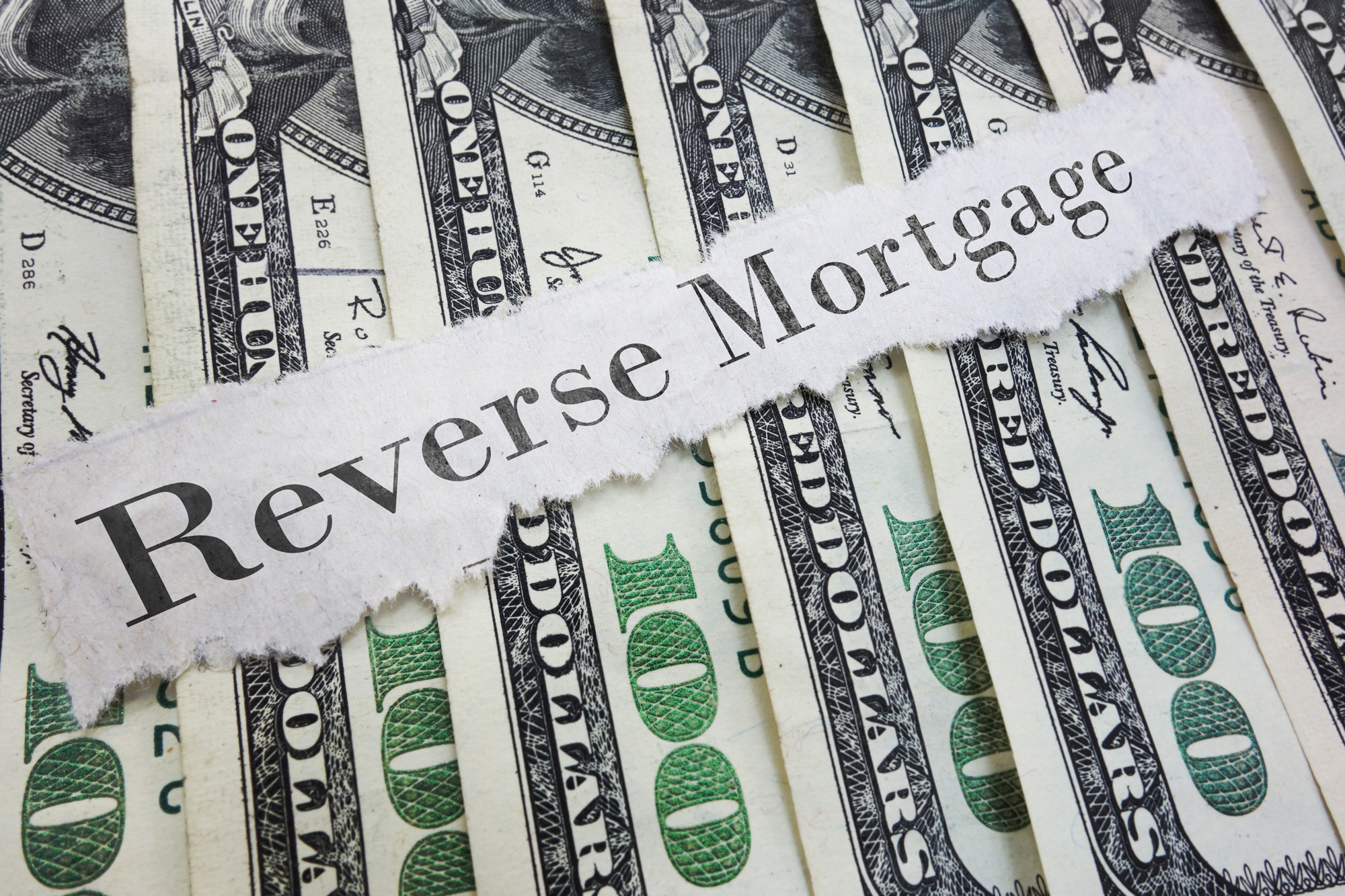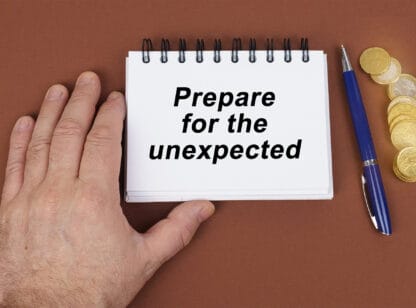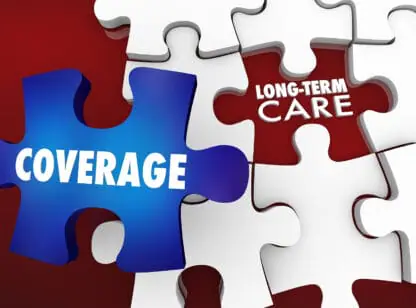A reader asks: My Mom is in her late seventies and lives on a very limited budget. I would like to see her have a more comfortable retirement and more money now to do the things she loves. She owns her home which I don’t care to inherit. Her concern is that she may need the equity later for health care costs if she has to move into a care facility. She would rather scrape by now so as not to be a burden on me later. Would a reverse mortgage loan be right for her?
At first glance to many, including the typical reverse mortgage loan officer, your goals and your mother’s goals are in conflict. The good news is by utilizing a reverse mortgage, which is a very simple program, but an extremely sophisticated and powerful financial planning tool, both of your goals can be met without your mother having to “scrape by.”
In a traditional loan you make your payments while you are living in your home. In a reverse mortgage, you make your payments when you no longer live in the home. You get to keep the payments to enjoy your life in retirement.
The very first reverse mortgage loan was written in 1961 to help the widowed wife of the banker’s high school football coach to stay in her home after losing her husband. The program was supported by the government as a positive means of helping seniors age in place and in 1988, HUD gained the authority to insure reverse mortgages through the Federal Housing Administration (FHA). Their mission is very clear: To help and protect seniors to age in place. If your mother, or any senior 62+, wants to stay in her home as long as possible, then a reverse mortgage is a wonderful tool to help accomplish this goal.
If your mother’s greatest fear is running out of money, then she should insure against it. With a reverse mortgage loan, if your mom’s house goes up in value, she benefits in the upside; if the house goes down in value, the FHA assumes the risk.
Your mom’s retirement fund is not insured against risk. If her portfolio doesn’t perform, she takes 100% of the risk. If she takes money from her retirement fund to supplement her income, she must sell the assets in that account and won’t participate in any future gains on those monies. In addition, retirement fund distributions are taxable; 100 percent of the proceeds received from a reverse mortgage are tax free and she doesn’t have to sell her home to get it.
Because she has held her conventional mortgage for 6 or 7 years, she will no longer have a mortgage payment in 23 to 24 years when she is 103/104. Of course, a reverse mortgage would allow her to eliminate those monthly payments and provide those additional funds each month “to do the things she loves to do.”
With a conventional mortgage or home equity line, she will incur an additional mortgage payment. Although her home can go up in value between now and when she needs the equity, it can also go down. An even worse scenario with a conventional loan would be if home prices drop and interest rates go up. I don’t have a crystal ball, but after 28 years in financial planning with an undergraduate degree in economics and an MBA in financial planning, I believe there is a greater probability of rates rising than staying flat or going down.
Here’s how a reverse mortgage works.
A reverse mortgage borrower may borrow anywhere between 40 to 60% of “max claim” which is the lessor of the appraised value or $679,650. The proceeds of a reverse mortgage may be taken in several ways; however, any and all liens will be paid off so there is no longer a required monthly payment. If there is no lien on the home, 100% of the loan amount may be taken as a lump sum or deposited in a line of credit that has a built-in inflation hedge (currently growing at 5.27%) with no required monthly payments. The growth rate on the line of credit is variable so if rates go up, the growth rate goes up; if rates go down, the line of credit growth rate goes down (but not the line of credit). In a reverse mortgage there is no mortgage payment, and you have an interest bearing line of credit you can use.
With a reverse mortgage, you own your home, not the bank. The bank simply has a lien on the home for the amount borrowed plus interest, just like a conventional loan. The loan must be repaid when the last borrower no longer lives in the home for more than one year, if the owner fails to pay their property taxes and hazard insurance, or if they fail to maintain the home.
Given your mother’s scenario, I believe a reverse mortgage would be the most effective – and possibly the only – way for her to insure against running out of money without selling her home.
Mark Anthony Erskine, CRMP, CSA, is president of Reserve Mortgage Works and can be reached at (877) 212.4002. [email protected]. NMLS # 819525/1626788.











































Comments (0)